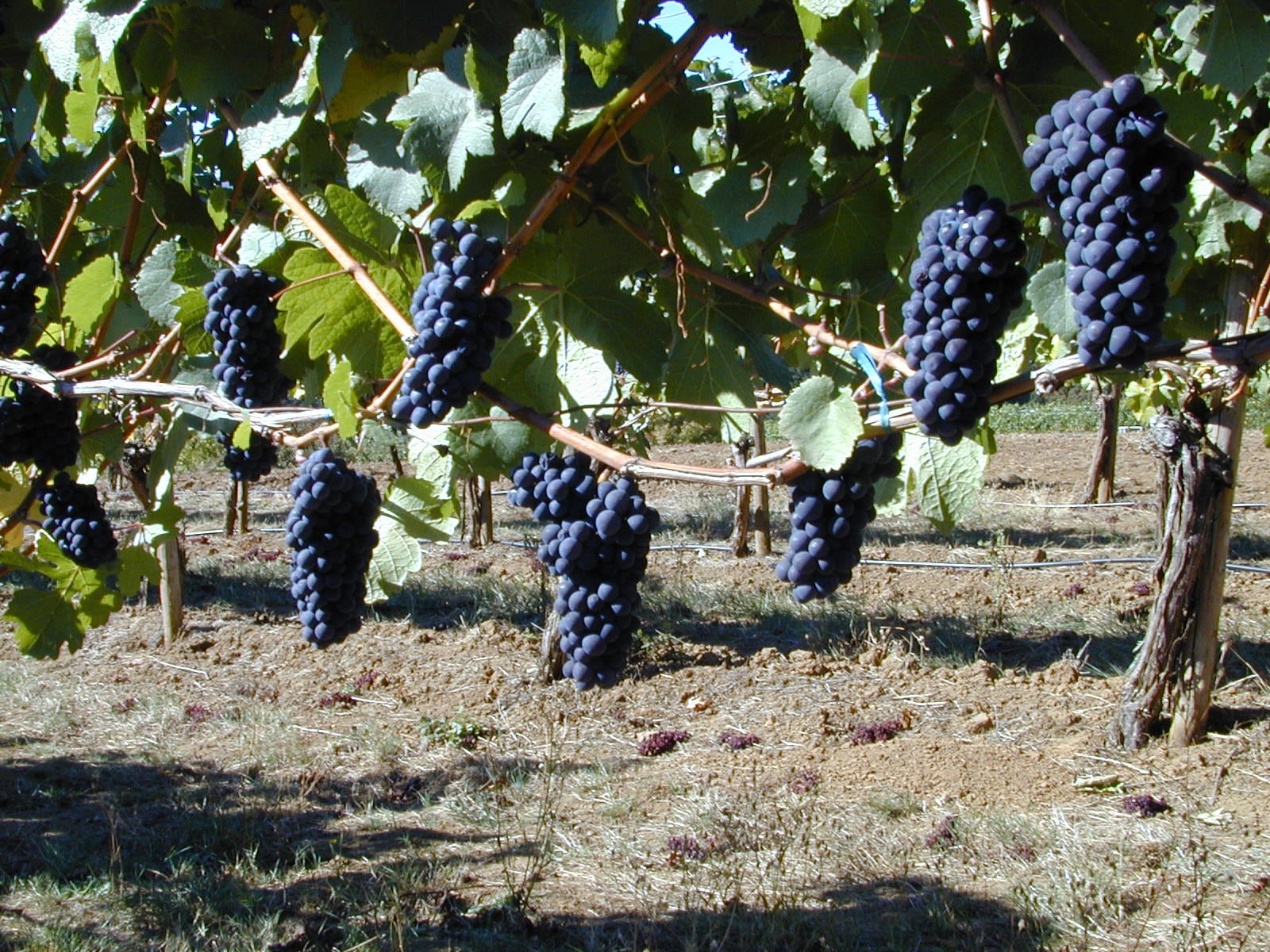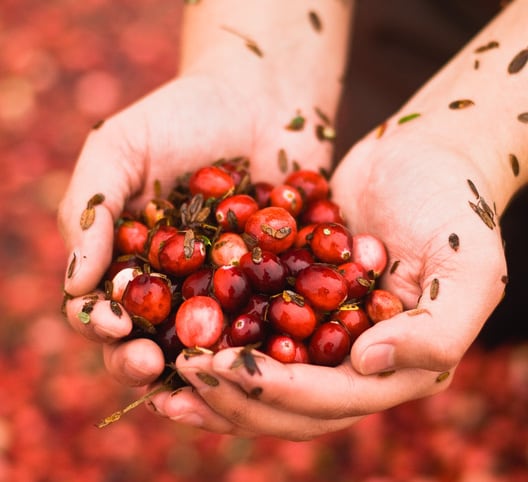Not all polyphenol-rich foods are the same. Wine is rich in the polyphenol subclasses like anthocyanins and stilbenes, soy products with isoflavonoids, and tea with flavonols.
“The aim of the present prospective study was to assess the association between total polyphenol intakes, as well as classes and subclasses of polyphenols, and the risk of incident cardiovascular diseases, coronary heart diseases, and cerebrovascular diseases,” the researchers wrote in their report, published yesterday in the journal Nutrients.
Analyzing eight-years’ worth of data and dietary records of 84,158 French adults part of the NutriNet-Santé cohort, the authors concluded that “higher intakes of polyphenols, especially anthocyanins, catechins, and flavonols, were associated with a statistically significant decreased cardiovascular disease risk.”
Their results echo several other studies that observed the diets of a large number of people and extracted patterns relating to polyphenol consumption and cardiovascular disease.
For example, a study published in 2014 found that increased intakes of polyphenols may reduce the risk of cardiovascular disease by 46%, while a 2016 study out of Harvard found that higher intake of polyphenols (specifically flavanones and anthocyanins) were associated with a reduced risk of stroke and heart attach for men.
Anthocyanins, catechins, flavonols positively linked to reduced cardiovascular disease risk
Data from the NutriNet-Santé Cohort were collected through self-administered questionnaires, providing the researchers with information on sociodemographic, lifestyle, and behavioral characteristics.
Additionally, members of the cohort filled out three non-consecutive dietary records during clinic visits. For this study, the researchers only looked at the data of participants that filled out at least three entries of these records.
They used Phenol-Explorer, a database of polyphenols funded by the French government as well as the corporations Danone, Unilever, and Nestlé, to estimate the polyphenol intake of participants based on their dietary records.
“In this large prospective study, three categories of polyphenols showed strong linear associations with a decreased risk of CVDs: Anthocyanins, catechins, and flavonols,” they wrote. Anthocyanins are the pigments that give cherries and strawberries their color, and can be found in everything from red wine to jam and fruit pies (and of course, the fruits themselves). Catechins can be found in tea, some herbals, and chocolate, while flavonols appear in many fruits and vegetables, onions, and spinach.
Meanwhile, they found “no significant result concerning flavones, flavanones, isoflavonoids, hydroxycinnamic acids, and lignans were observed in our study. This is consistent with the fact that very few studies have found significant results for these specific polyphenol groups.”
Limitations
It’s important to note that generalizing these results to populations other than French adults may be limited, they argued.
“For example, in our study, cherries and strawberries were the main contributors to anthocyanin intake while in Nordic countries, anthocyanins intake is generally provided by other berries and red fruit juices,” they wrote.
Additionally, there is a possibility that the positive link was caused by other constituents found in the foods that contribute to the most classes or subclasses of polyphenols, such as fibers or folates. But the researchers’ multivariable model “did not substantially attenuate the observed associations, suggesting that polyphenols may have a protective effect against cardiovascular disease risk.”
Long-term randomized controlled trials looking at biomarkers of cardiovascular disease risk may provide more insight on potential mechanisms.
Source: Nutrients
Published online, doi:10.3390/nu10111587
“Prospective Association between Total and Specific Dietary Polyphenol Intakes and Cardiovascular Disease Risk in the Nutrinet-Santé French Cohort”
Authors: Solia Adriouch, et al.




